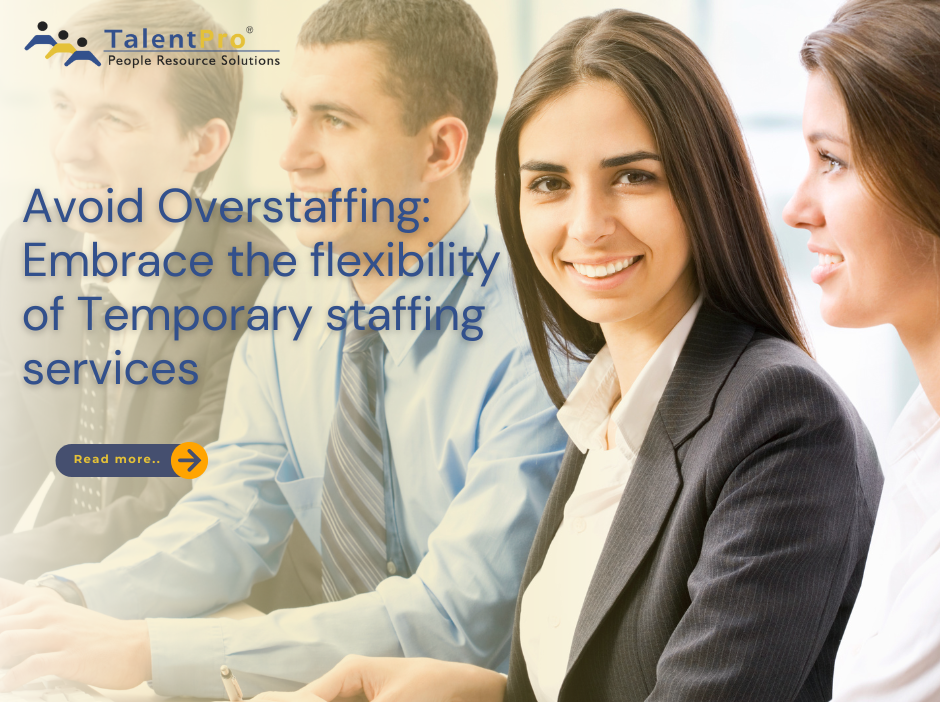The present day legal climate is one of uncertainty and confusion. In most cases, a law comes to light only after its contravention, resulting in severe penalties. Compliance Management is a must in keeping you away from the long arm of the law!
Here is a quick compilation of the various Statutory Compliances In HR
- The Apprentices Act, 1961
- The Contract Labour (Regulation & Abolition) Act, 1970
- The Child Labour (Prohibition & Regulation Act), 1986
- The Industrial Disputes Act, 1946
- The Minimum Wages Act, 1948
- The Payment Of Gratuity Act, 1972
- The Industrial Employment Standing Orders Act, 1946
- The Employees Provident Fund & Miscellaneous Provisions Act, 1952
- The Equal Remuneration Act, 1976
- The Employees’ State Insurance Act, 1948
- The Payment Of Bonus Act, 1965
- The Payment Of Wages Act, 1936
- The Factories Act, 1948
- The Employment Exchanges(Compulsory Notification Of Vacancies) Act, 1959
- The Trade Unions Act, 1926
- The Workmen’s Compensation Act, 1923
- Inter State Migrant Workmen( Regulation Of Employment & conditions Of service ) Act, 1979.
Each one of these have to be filed at various parts of the year, under various forms. Download the Excel sheet for a complete reference.
But your compliance partner must lay out a clear process that follows the following steps:
- Initial Assessment, where the client’s business needs are understood.
- Finalization of Check List for various processes & activities
- Risk assessment & evaluation – adequacy and control measures.
- Analysing various HR Compliance policies and checking documents pertaining to various activities
- Financial liabilities associated with the processes if any is being determined – look into audited balance sheet & Annual report
- Gaps being identified in the above process are transformed into observations
- Observations are analyzed to form recommendations
- Overview of the findings are presented to the client (you)
- Final reports are submitted
Organizations like TalentPro will help establish, evaluate, strengthen, monitor and assess your compliance management program in an environment of continuously changing needs and emerging risks, on the above lines.








